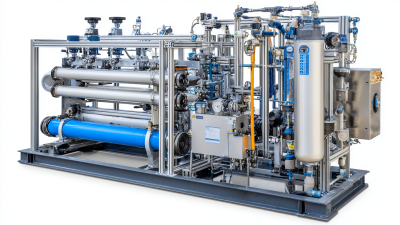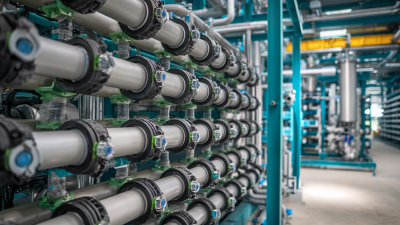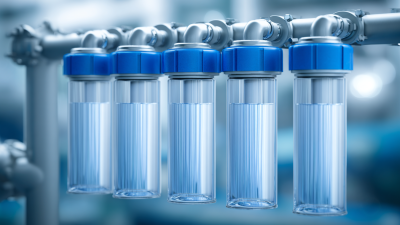Leave Your Message
Request a Quote
The demand for efficient and sustainable water purification technologies is on the rise, driven by increasing population, industrial growth, and environmental concerns. Advanced nanofiltration systems have emerged as transformative solutions in this domain, offering the capability to selectively remove contaminants while retaining essential minerals. According to a report by MarketsandMarkets, the nanofiltration membrane market is projected to reach $4.7 billion by 2025, growing at a CAGR of 9.2% from 2020. This growth underscores the urgency of adopting innovative water treatment technologies to ensure water safety and availability.
Renowned expert Dr. Emily Johnson, a leading researcher in membrane technology, emphasizes the significance of nanofiltration systems in addressing global water challenges. She states, "Nanofiltration offers a bridge between conventional filtration and reverse osmosis, providing a more energy-efficient and cost-effective way to achieve high water quality." As we explore the future of these advanced systems, their potential applications across various sectors, from municipal water supply to food processing, become increasingly vital.
With advancements in materials and design, nanofiltration systems are poised to play a crucial role in modern water treatment strategies, enhancing performance while mitigating environmental impact. As we delve into this topic, it is essential to understand both the current landscape and the innovative developments shaping the future of water purification.
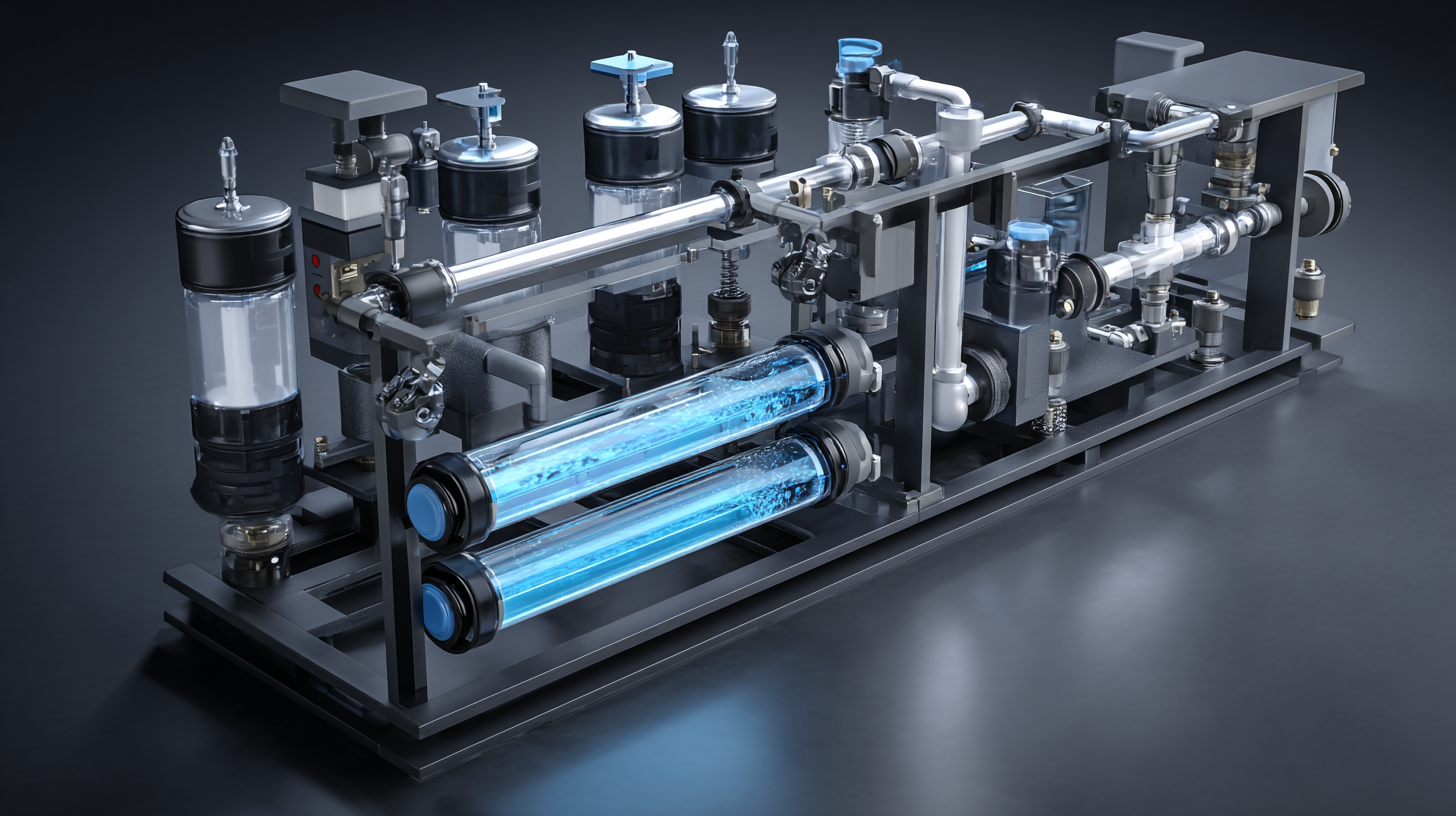
Innovations in advanced nanofiltration technology are set to revolutionize the field of water purification by enhancing the efficiency and effectiveness of the treatment process. Unlike traditional filtration methods, nanofiltration operates at the nanometer scale, enabling it to selectively remove a wide range of contaminants, including salts, microorganisms, and organic compounds. This capability not only improves the quality of drinking water but also makes it possible to treat challenging water sources, such as industrial wastewater and seawater, rendering them suitable for reuse or safe discharge.
Recent advancements in nanofiltration membranes, such as the development of materials with improved permeability and selectivity, further increase the potential of this technology. Innovations like graphene-based membranes offer exceptional strength and resistance to fouling, minimizing maintenance and operational costs. Additionally, the integration of nanofiltration with other purification processes, such as reverse osmosis and UV treatment, enhances system resilience and adaptability to varying water quality requirements. The future of water purification is consequently bright, with advanced nanofiltration systems poised to play a crucial role in addressing global water scarcity and ensuring the availability of clean water for all.
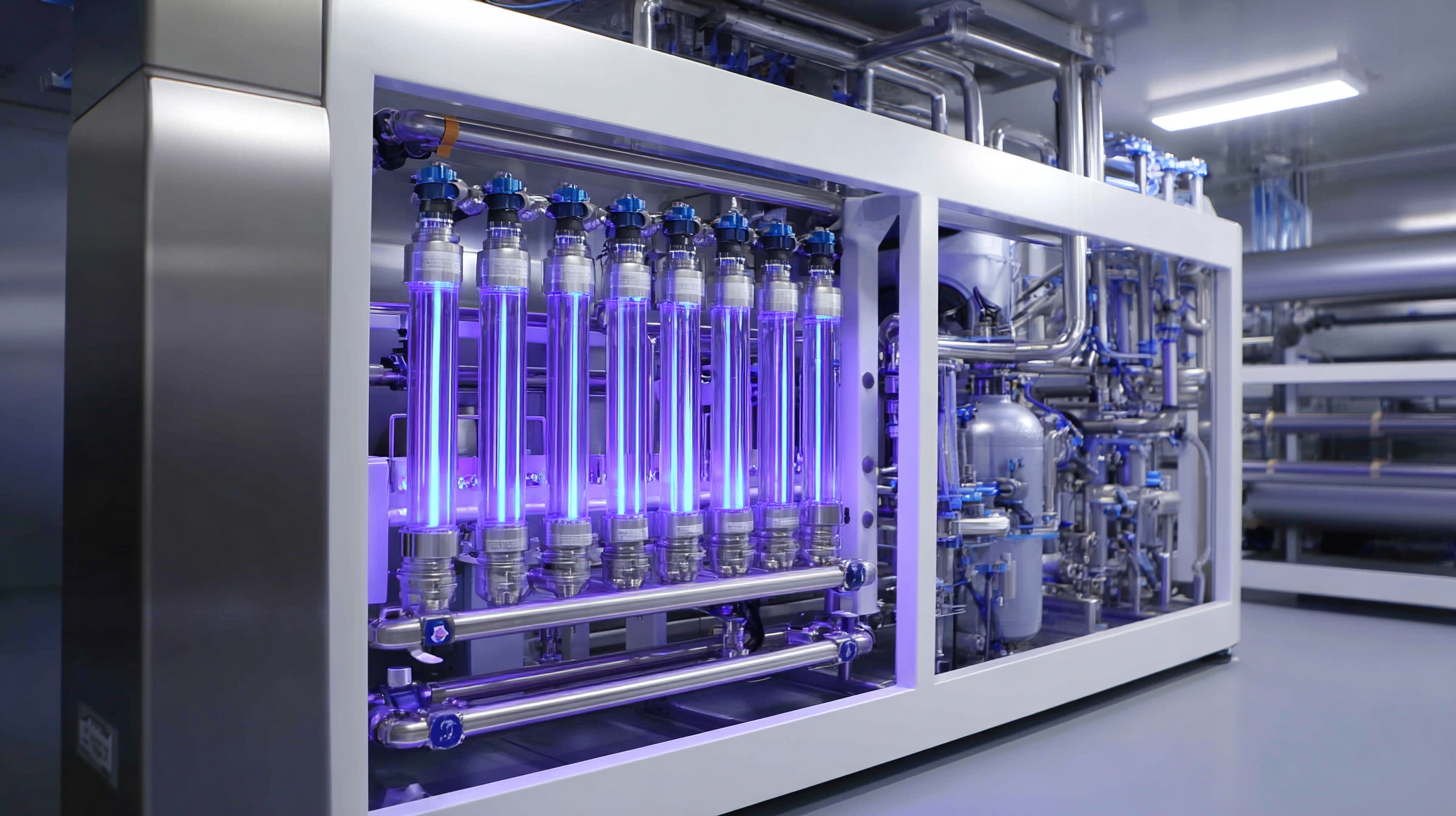
The advancement of nanofiltration membranes plays a critical role in enhancing the efficiency and sustainability of water purification systems. These state-of-the-art materials, often characterized by their selective permeability, allow for the effective removal of contaminants while preserving essential minerals in water. Innovations in membrane technology, such as the development of graphene oxide and biomimetic membranes, have significantly improved flux rates and rejection capabilities. These materials not only enhance the purification process but also reduce energy consumption, making them suitable for large-scale applications.
Moreover, sustainability is at the forefront of nanofiltration advancements. Many modern membranes are designed to be environmentally friendly, utilizing renewable resources and minimizing hazardous chemicals during production. Innovations that promote self-cleaning properties contribute to longer membrane lifespans and decrease operational costs. As industries and municipalities increasingly seek effective solutions to water scarcity and pollution, the role of advanced nanofiltration systems becomes essential in ensuring a clean and safe water supply for future generations.
Nanofiltration (NF)
represents a significant advancement in water treatment technology, particularly when compared to traditional methods. Unlike conventional filtration systems that often struggle with fouling and require frequent maintenance, modern NF systems are being enhanced by innovative materials, such as biogenic-based silver nanoparticles (AgNPs).
These nanoparticles improve membrane properties, enhancing permeability and selectivity while also increasing resistance to biofouling. This results in more efficient and longer-lasting wastewater treatment solutions, highlighting the advantages of integrating nanotechnology into purification processes.
Furthermore, recent developments in the production of loose-nanofiltration membranes using eco-friendly solvents mark a pivotal shift in NF technology manufacturing. The use of polysulfone dissolved in co-solvents allows for the creation of membranes that not only perform well but are also environmentally sustainable. The continuous advancements in nanofiltration, particularly in membrane development and anti-fouling technologies, position NF as a superior alternative to traditional water treatment methods, providing both economic and ecological benefits for future water purification challenges.
The economic impact of advanced nanofiltration systems on municipal water supply costs is significant, as these technologies offer a more efficient and cost-effective solution for water purification. Traditional filtration methods can require extensive energy and maintenance, resulting in a high operational budget for municipalities. In contrast, advanced nanofiltration systems utilize membranes that operate at lower pressure, reducing energy consumption and associated costs. This efficiency not only streamlines the purification process but also allows for a decrease in the overall expenditure on municipal water supply maintenance.
Furthermore, the implementation of advanced nanofiltration can lead to long-term savings for cities. By improving the quality of treated water and reducing the need for chemical additives, municipalities can lessen their environmental impact while also lowering operational costs. The reduced maintenance requirements of nanofiltration systems can lead to fewer disruptions and, ultimately, more reliable water supply for residents. As cities face increasing pressure to ensure safe drinking water, investing in advanced nanofiltration systems may represent a prudent economic strategy that yields both financial and environmental benefits.
| Parameter | Current Cost ($/1000 gallons) | Projected Cost with Nanofiltration ($/1000 gallons) | Cost Savings (%) | Return on Investment (Years) |
|---|---|---|---|---|
| Municipal Water Supply | $5.00 | $3.50 | 30% | 3 |
| Energy Costs | $2.00 | $1.20 | 40% | 2 |
| Maintenance Costs | $1.50 | $0.80 | 47% | 1.5 |
| Total Cost per 1000 gallons | $8.50 | $5.50 | 35% | 3 |
The integration of AI and IoT in advanced nanofiltration systems is set to revolutionize water purification, offering greater operational intelligence and sustainability. According to a recent industry report, the global nanofiltration market is projected to reach USD 3.8 billion by 2025, growing at a CAGR of 12.5%. This growth reflects the increasing demand for efficient water treatment solutions driven by rapid urbanization and changing environmental regulations.

AI-powered systems enhance the efficiency of nanofiltration by enabling real-time monitoring and predictive maintenance. By analyzing vast sets of operational data, these intelligent systems can identify issues before they become critical, thereby reducing downtime and maintenance costs. Furthermore, decentralized water treatment infrastructure allows for localized solutions that minimize water transport costs and improve accessibility.
Tips: To improve the effectiveness of your water purification system, consider investing in IoT sensors that can track water quality parameters continuously. Additionally, collaborating with technology providers can help you integrate AI capabilities into your existing infrastructure, optimizing performance and sustainability. Emphasizing flood prevention strategies through smart filtration systems can also mitigate risks associated with climate change, protecting vulnerable communities.

